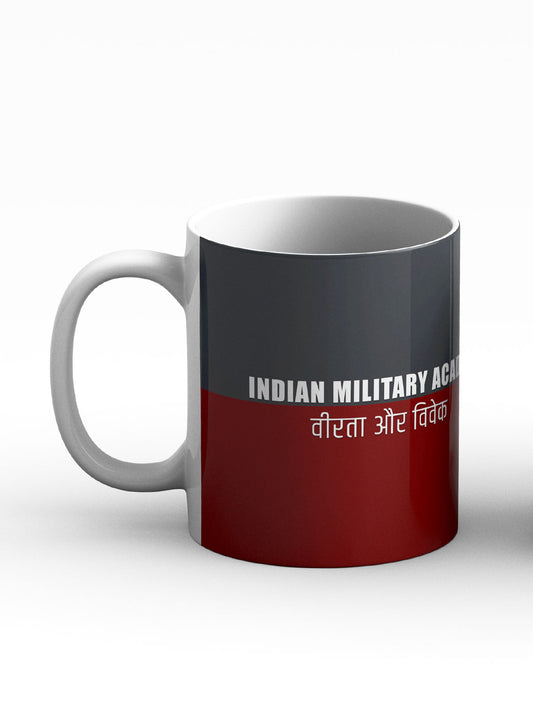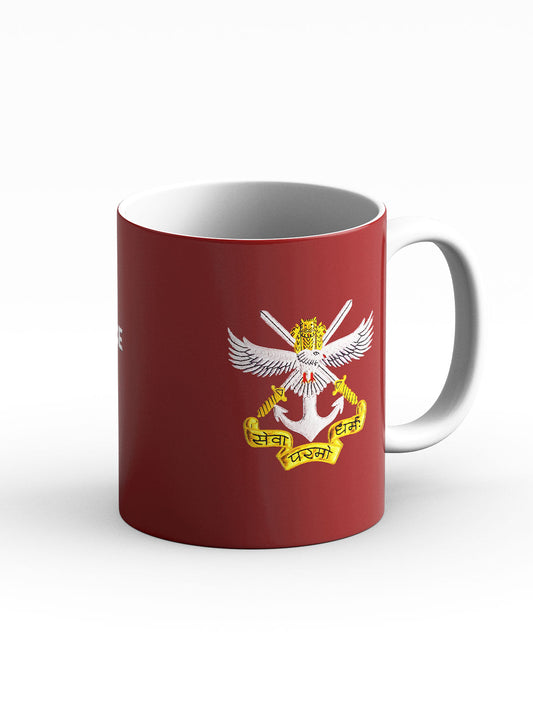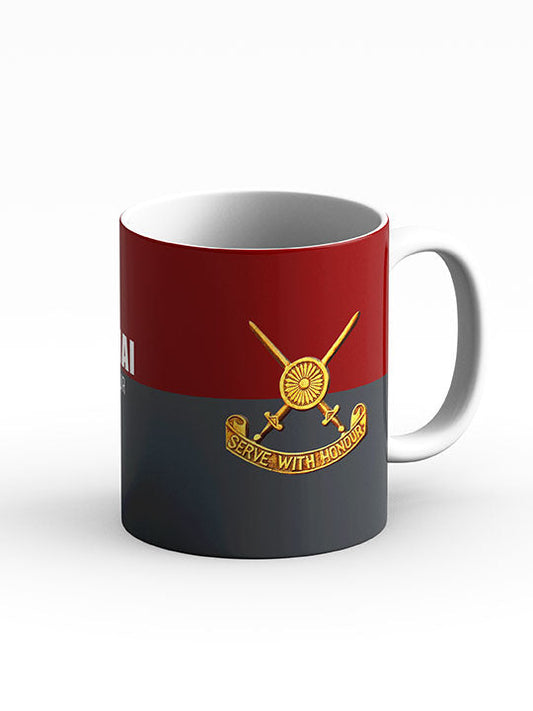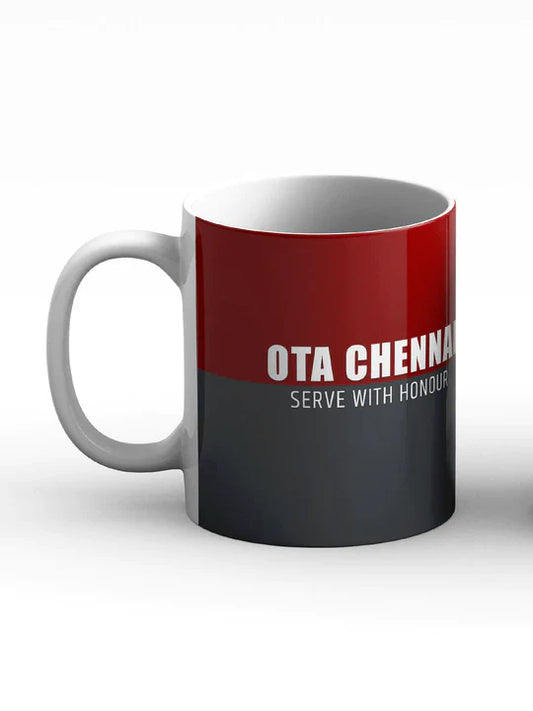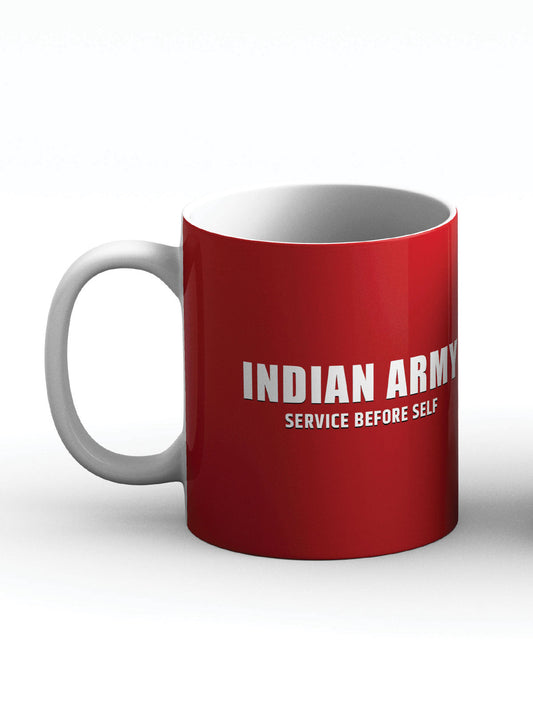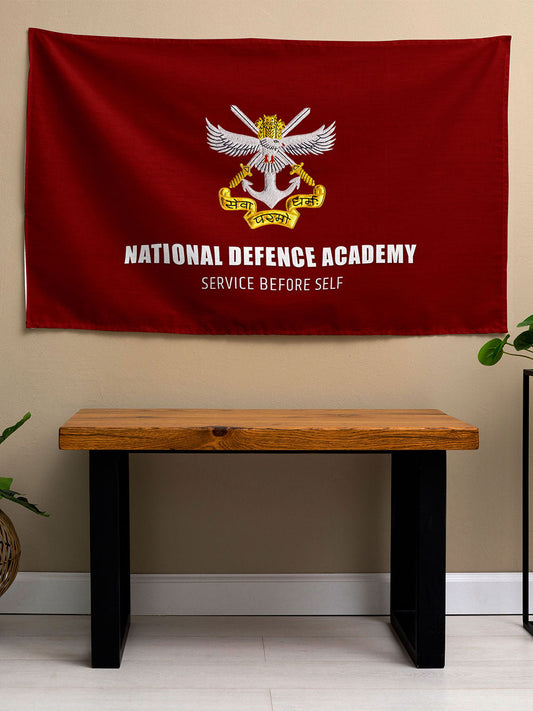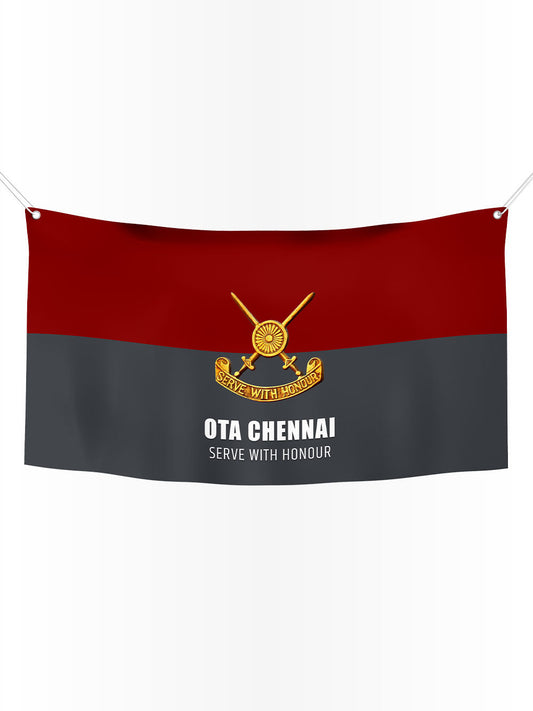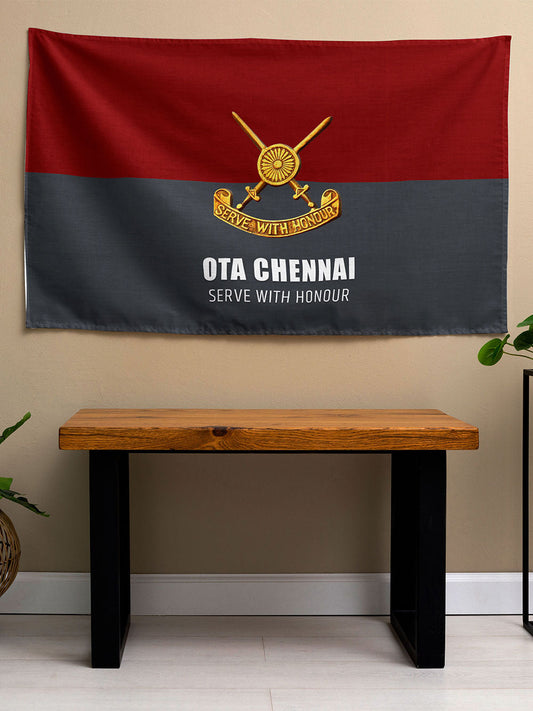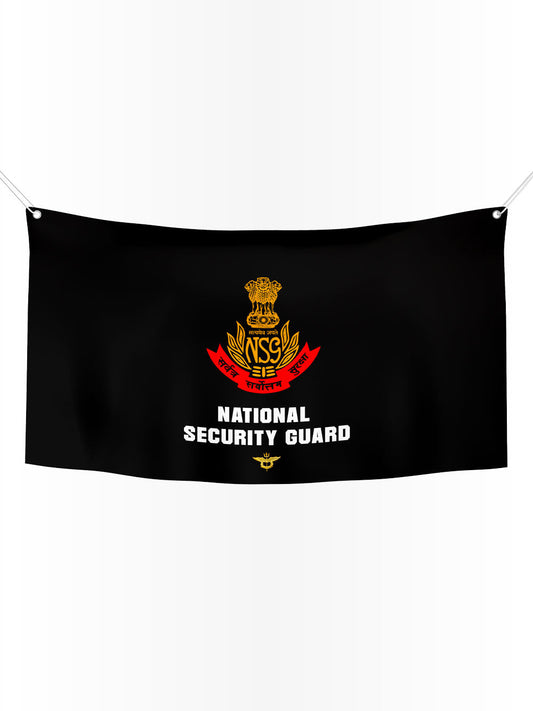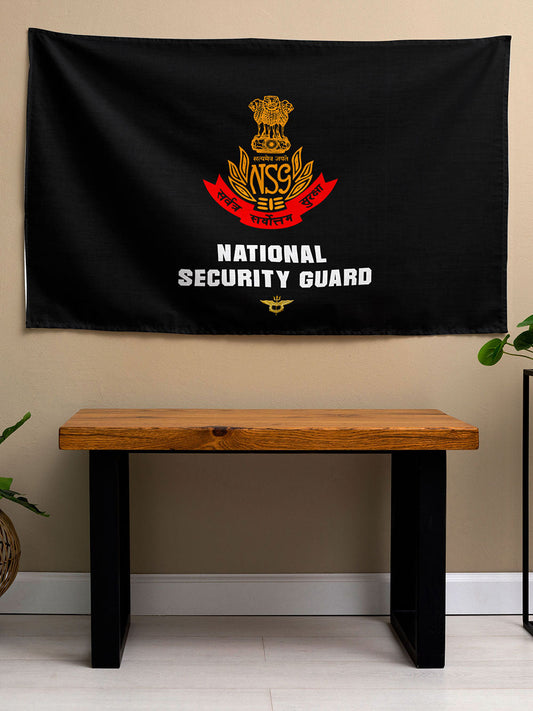Defence Ministry Seeks Revisions on IAF’s Rafale Fighter Proposal, Emphasizes ‘Make in India’ Initiative
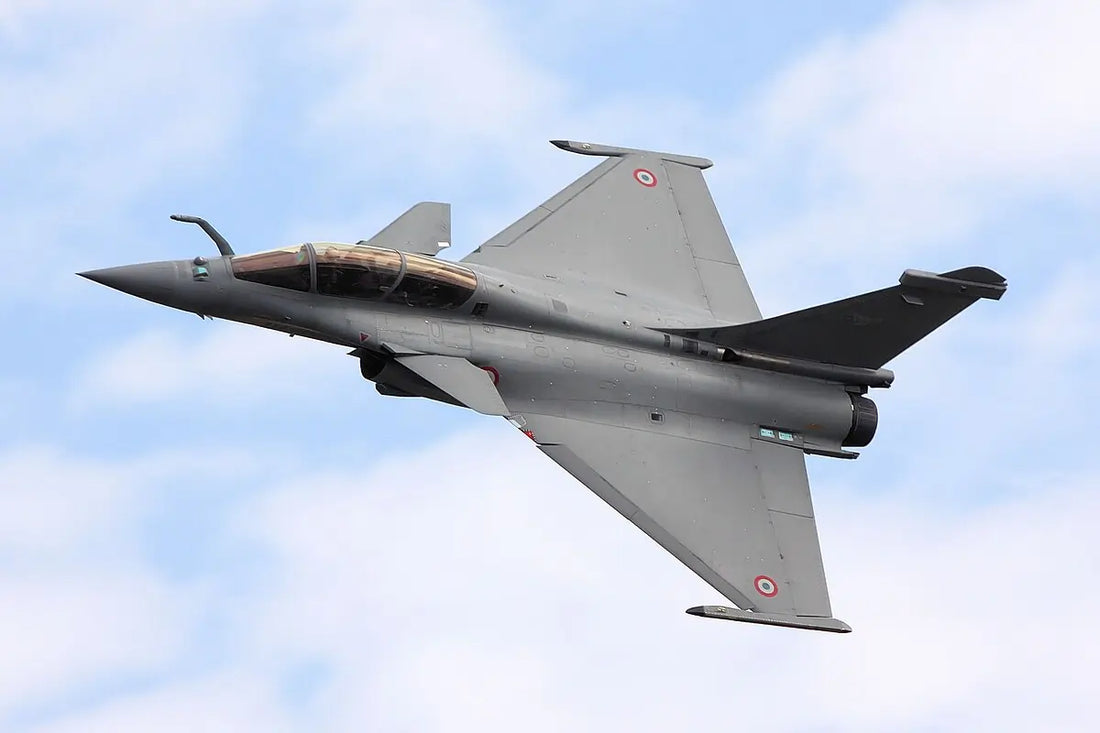
The Indian Air Force's plan to acquire 114 multi-role fighter aircraft has encountered a procedural setback, as the Ministry of Defence has returned the IAF’s Statement of Case for revision, labeling it as “incomplete.” The ministry is seeking more detailed information on key aspects such as local manufacturing, indigenisation, and industry collaboration before the procurement process can proceed.
Ministry officials have emphasized that the proposal must be in line with the government's Atmanirbhar Bharat initiative and not just focus on outright purchases. The Rafale fighter, manufactured by France's Dassault Aviation, remains a leading contender due to its established performance with the IAF's current fleet of 36 aircraft. Nevertheless, the Defence Ministry has raised concerns about the lack of detailed plans in the IAF submission regarding manufacturing scale, localisation goals, and private-sector involvement.
Focus on Indigenous Production
The Ministry has stressed that a significant portion of the 114 aircraft should be produced domestically, with only a few delivered in a ready-to-fly state. Dassault is now expected to provide a revised plan that includes commitments to local assembly, supply-chain partnerships, and knowledge transfer mechanisms.
The MoD is also advocating for indigenisation levels to reach approximately 75%, which is considerably higher than in previous agreements. This target is intended to ensure job creation, foster ecosystem growth, and develop domestic capabilities across both public and private sectors of the defense industry.
Dassault’s Response and MRO Plans
Reports suggest that Dassault Aviation has proposed establishing a maintenance, repair, and overhaul (MRO) hub in Hyderabad, potentially serving as a regional center for lifecycle support and logistics. Although this proposal has been well-received, the Ministry remains cautious, seeking firm assurances on technology sharing, supply-chain integration, and cost accountability.
Strategic and Operational Imperatives
This new tender is separate from the earlier government-to-government Rafale deal for 36 jets and is intended as a competitive commercial procurement under the MRFA framework. However, issues such as production liability, delivery schedules, and pricing risks have re-emerged during the review.
The IAF is currently facing a critical shortfall in squadron numbers, operating around 30 squadrons compared to the sanctioned 42. As the Jaguar and MiG-29 fleets approach retirement, the acquisition of new-generation fighters has become a top operational priority.
While deliveries of HAL’s Tejas Mk-1A are expected to reach 180 units by 2033, experts highlight the need for a medium-weight, multi-role platform to address capability gaps and maintain aerial deterrence.
The Road Ahead
The Rafale and Eurofighter Typhoon remain the primary candidates in the MRFA competition following extensive technical assessments. The Defence Ministry’s recent intervention signals a significant shift in policy, emphasizing domestic production and industrial collaboration alongside combat capability.
Officials indicate that the coming months will be critical as Dassault and the IAF work to revamp the proposal. The outcome will determine whether the deal evolves into a strategic manufacturing partnership—bolstering India’s aerospace sector—or faces further delays amid tightening fiscal and operational constraints.




